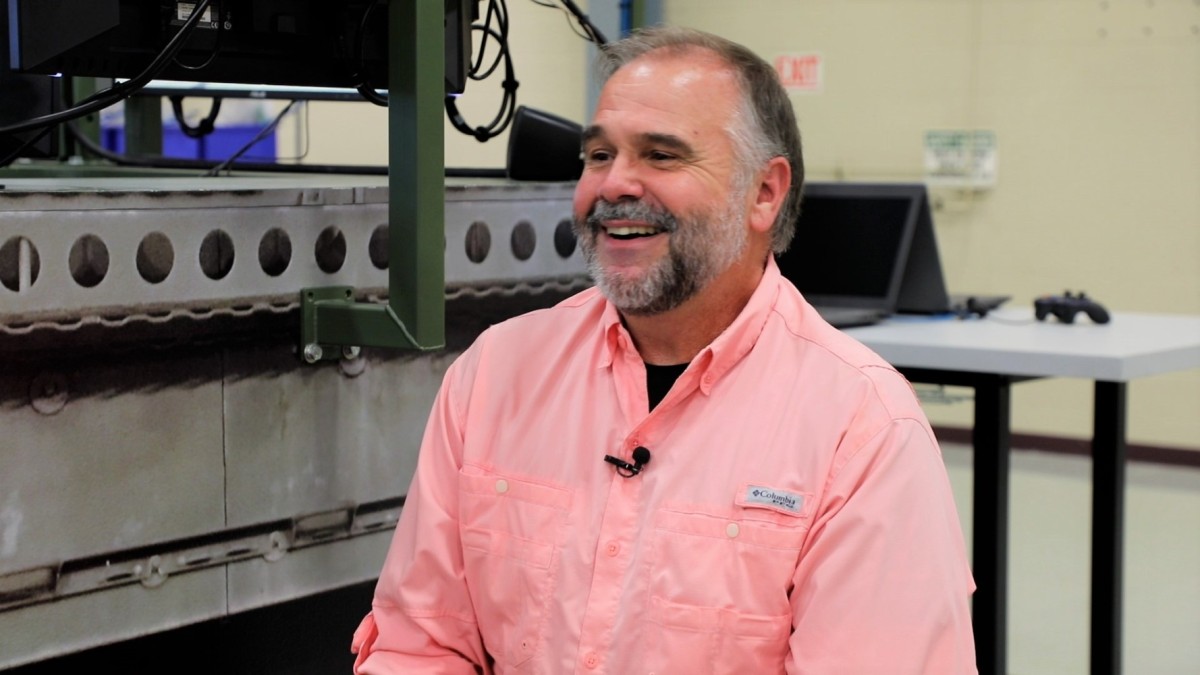shin_getter
ACCESS: Top Secret
- Joined
- 1 June 2019
- Messages
- 941
- Reaction score
- 1,199
There are weapon systems where performance advantages result in utterly decisive combat advantages, and there are those that do not. For air combat for example, a number of performance advantages enables dozen to one kill ratios easily, as advantages of speed, sensors and other characteristics enables the superior force to control the engagement.I think it is a bit of a mistake to view armored fighting vehicles in those terms lest we start accepting subpar vehicles because of the notion that they don't matter in the bigger picture. The fact that a conventional war in Europe is even occurring proves this wrong to an extent. There is a pretty big difference between a T-90 and T-55 if they are employed properly.
As for MPF with an active protection system I think it could be useful in a conflict like this even in the context of the "limited role" it is supposed to have. If you wanted to invest more in it by up-gunning to a 120mm cannon and other improvements you could do even more with it though I'd never consider an appropriate replacement for a real MBT.
In tank on tank warfare, the superior tank does enable very favorable exchange ratios and tactical freedom. However in combined arms conflict where tank on tank combat is rare, the wholistic system performance is more important. Everything from electronics warfare, artillery superiority, infantry performance, land-air cooperation, down to combat engineering all impact outcome more than tank performance. The fact that entire formations and forces can fight without one piece of heavy armor successfully against armor shows that this equipment is only a small part of the puzzle.
Arguments over tank performance is IMO not different from discussions on rifle design. Sure a better rifle is nice, but the difference isn't enough to win a war as rifle fire isn't the main tactical enabler. Could Imperial Japan win the war if they replace crappy 6.5mm bolt action rifles with 5.56mm assault rifles? Could Imperial Japan win the war if they had Tiger tanks or even Leopards?
The European threat is also rapidly neutralizing itself, and in any case is in a different time line than this program.
As for longer time lines, land warfare would be unrecognizable when swarms of autonomous robots fill the battlespace and even if the tank survives, it would likely require completely different design concepts to be efficient.
Last edited:

